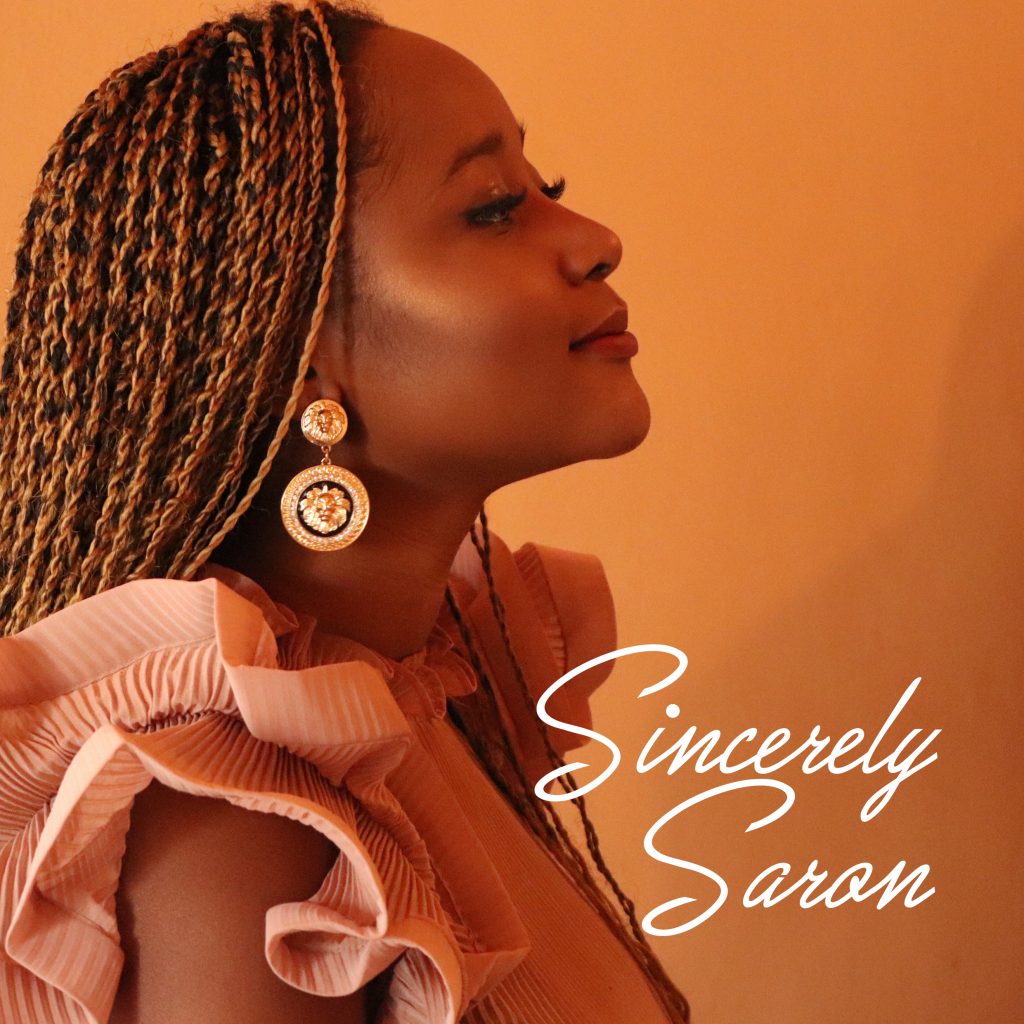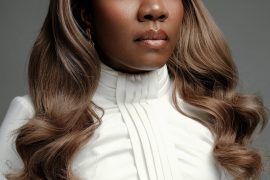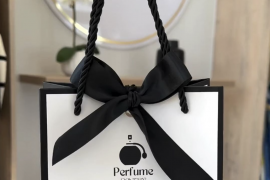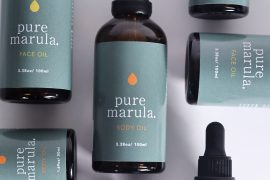Does it really matter if you apply face oil before moisturizer? Or if your sunscreen goes on first or last?
The answer is YES.
You might have the most amazing skincare routine in the world, but if you’re applying your products in the wrong order, you can prevent your skin from receiving the full benefits. This can not only diminish the overall effectiveness of your routine, but it could even leave your skin irritated, dehydrated (like mine) or broken out. (Oh, and it wastes a lot of good product, too!)

Step 1: Makeup Remover (if you’re wearing any)
Start with a makeup-removing cleanser, which could be an oil, balm, milk or micellar water. Personally, I like makeup removing wipes when VERY lazy. But if using an oil or balm, after massaging it around for a few seconds, I wipe it off with a warm wet towel.
Step 2: Cleanser
Once your makeup is off, it’s time to actually wash your skin. You can start here in the mornings. In the evenings, this step will also ensure that you haven’t left any makeup remover residue on your skin.
Step 3: Exfoliator or Toner
Post-cleansing, toners gently exfoliate and prep the skin to receive treatment products. It restores your skin’s pH and preps it for treatment products.
Step 4: Treatment Products
Treatment products such as benzoyl peroxide, vitamin C or retinoids should go on bare skin before moisturizers. Whatever you have that’s medicated – any acne spot treatments, antioxidant serums, or leave-on hydroxy acids. You want them on clean, bare skin without a lot of dead cell build-up, so they can have the best chance of penetrating deeply.
But wait… what if you want to use more than one active ingredient? In some cases, you can—but you’ll almost always get better results if you stick to one active at a time. So maybe wearing one in the morning and one in the evening, or alternating them on different nights.
Still with me?
STEP 5: Serums/Mists
Hydrating serums and moisturing mists should be applied before heavier creams and oils.
Step 6: Moisturizer/facecream and Eye Cream
Next comes moisturizer, if you need it. It helps quench dry skin. If your skin is normal to oily, you may be able to get away with a serum alone. I can’t skip moisturizer like I used to because the Namibian air is drier than Moscow.
Step 7: Face Oil
Face oil acts as a barrier to prevent moisture loss. Not everyone has to use a face oil, but if you do, it should always be your last moisturization step. This is because it acts like a barrier, locking in the hydrating benefits of your other products. (So, anything you put on top of it won’t absorb as effectively.)
Step 8: Mineral Sunscreen
Mineral sunscreen needs to sit on top of the skin to be effective. It should be the last skincare product you apply during the daytime. That’s because zinc oxide and titanium dioxide work by sitting on top of the skin and reflecting away the UV rays. Or kill two beauty birds with one stone by using a moisturizer that contains SPF
STEP 9: Primer
This is to provide a base for the business part of your makeup regiment. It helps the foundation last and stay on longer.
Step 10: Foundation
Finally, you can apply foundation, if you wear it!
I consider makeup to be skincare, so I’m extra-careful about choosing products without a lot of chemicals, silicones or harmful oils.
I hope this helps demystify the layering process!
When in doubt, the general rule is to apply your products in order of thinnest to thickest. Anything light and liquidy will have an easier time penetrating bare skin, while thicker creams and oils should be saved for the end, to lock everything in.
Thoughts? Follow me on Instagram?




